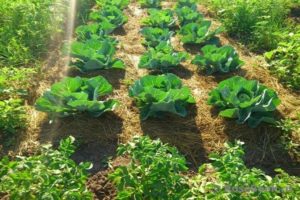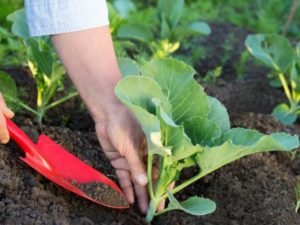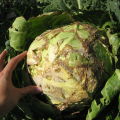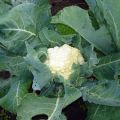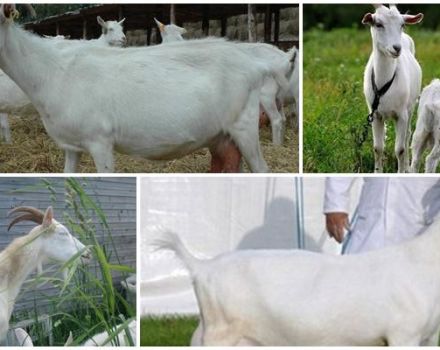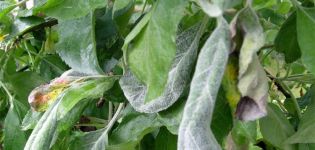Growing and caring for Savoy cabbage outdoors
Even before the start of the spring field work, many gardeners and summer residents face the question: what seeds to buy in order to grow the best varieties of Savoy cabbage. Everyone knows about the benefits of cabbage, this garden queen is to the taste of adults and children. But, if earlier we grew exclusively ordinary cabbage, now the abundance of varieties and varieties of this popular vegetable is so great that sometimes even the most experienced summer residents or gardeners find it difficult to understand them. In order to get a quality food product before the end of the season, you must first purchase good seeds.
Growing savoy cabbage requires certain skills and abilities. Gardeners and summer residents who at least once in their lives were engaged in the cultivation of any of the varieties of this vegetable understand that cabbage requires special care.
We will consider the question of how to pick up seeds and how to grow Savoy cabbage.
Brief characteristic of the variety
Savoy cabbage, although it is for our latitudes "overseas" guests, but successfully grows in our regions. This is a type of common cabbage. The variety is native to North Africa and the western Mediterranean. This variety is very popular and in demand throughout Europe, as well as in Central and East Asia. It got such an exotic name thanks to the Italian county of Savoy, in which almost all residents were engaged in growing this vegetable variety.
This variety has a huge similarity with our compatriot - ordinary white cabbage. Only the taste of an overseas guest is much more tender. It is for this that she is very fond of our compatriots. Such a vegetable, in the same way as an ordinary one, forms a head of cabbage, only its leaves are corrugated, as it were, much thinner, more fragile and delicate in consistency.
Accordingly, this variety is distinguished by its special softness and tenderness of taste. But, despite its grace, the advantage of growing such cabbage is its excellent frost resistance.
Features of seed growing
To grow early varieties of this variety, preparation for this process must begin at the end of winter. For this, the seeds are sown for seedlings already at the very beginning of spring. If you are going to grow a later variety, then in the middle of spring. Before planting, the seeds must be thoroughly processed beforehand.
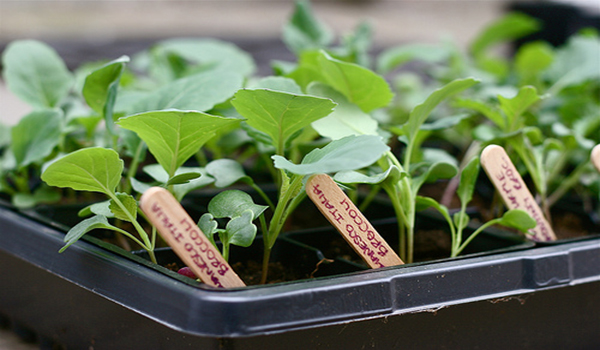
To do this, hold them for 15 minutes in hot water (50 degrees), then dip them in cold water for a minute, then immerse them in a solution of trace elements for at least 12 hours.Then rinse them thoroughly and put them in the refrigerator for a day. And after all stages of processing, dry them thoroughly, and only after that you can proceed directly to planting seeds.
Before this, the soil itself must also be impregnated with a strong manganese solution. As for the soil itself, it is best to take a mixture of turf, peat and sand. Seeds are sown into a container to a depth of 1 cm. After that, the containers are covered with glass and placed in a warm room until the first shoots appear. When the sprouts have appeared, the glass must be removed, and the containers must be transferred to a cooler but brighter room.
After the appearance of the first true leaf, the plants are seated in separate containers, while shortening the roots: they cut off 1/3 of their length. New containers are watered with a weak manganese solution. The seedlings are kept in a warm room, periodically moistening the soil. When two leaves appear, you need to additionally feed the plant with complex fertilizer.
Landing in open soil
Planting in open ground is performed when two pairs of true cabbage leaves have already appeared in the seedlings.
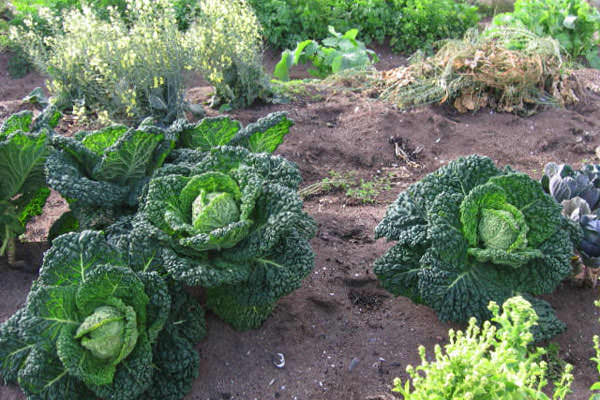
An important point! Before planting seedlings outside, you need to harden them well. To do this, they gradually take it out onto the balcony, first for a short time, gradually increasing it, and bringing it to the end for a whole day. But, at the same time, drafts should be avoided.
Also, 14 days before planting in the ground, seedlings are fertilized with urea and potassium sulfate.
Growing savoy cabbage outdoors also requires some knowledge. Land on the south or east side of the site.
It's important to know. Such a plant needs bright sunlight and warmth..
The soil should be loamy, or sandy loam, not very acidic. The cultivation of such a crop on clay or sandy soils is strictly prohibited. Otherwise, the plant will begin to disappear until it dies completely.
You cannot plant this crop for two years in a row in the same place. This variety grows well and bears fruit after onions, tomatoes, beets, beans, cucumbers, potatoes and perennial grasses. It is strictly forbidden to plant such a vegetable on a site where all types of cabbage, radish, radish, rutabaga, watercress grew before.
When growing the Savoyard variety in open soil, special rules and guidelines must be followed.
The land on which the vegetable will be grown requires careful preliminary processing. So even in the fall it is necessary to remove all the growing grass from the site. Then the beds are dug deeply, and the earth is given a little rest. If weeds grow again on the dug-up area, they are removed again. Then lime is added to the site in the required amount, and the soil is again dug up.
With the onset of spring, it is again necessary to carry out appropriate manipulations with the land. The soil is fed first with organic fertilizer, then with complex mineral fertilizer, and at the end the plot is dug up again.
With direct planting in the soil, it is worth considering the factor that such cabbage must be left quite a lot of space for growth, because during the period of active growth, it significantly increases in size. Therefore, the distance between the beds should be at least 40-60 cm, and between the holes at least 35-45 cm. After planting, the plant must be watered.
Care features
In open soil, the plant also needs maintenance. Outdoor care for this vegetable variety is exactly the same as for other crops. In order for a grown vegetable to please with its yield and taste, it is necessary to take care of it during the growth period.
Savoy cabbage is grown, constantly feeding and caring for it. It must be regularly watered, weeded, spud, loosened and fertilized.And also timely protect against all sorts of diseases and pests.
Watering
It is necessary to water the plant for the first month every other day, then, when the culture is already well rooted and strong, you can reduce watering to once a week. In this matter, the weather makes significant adjustments: of course, during a drought, watering must be abundant and timely. In wet and rainy weather, watering should be avoided altogether.
Top dressing
Having started growing such a crop, you need to know that it needs frequent feeding. As soon as the culture takes root, it must be fed with either an organic fertilizer or a synthetic complex fertilizer (potash and superphosphate fertilizers are well suited). When the first ovary appears, it is again fed with mineral fertilizers, only now it is necessary to increase the dose and add potassium sulfate to the fertilizer.
As you know, cabbage is a favorite delicacy not only of people, but also of all kinds of pests. The cruciferous flea is especially often found in cabbage leaves. To prevent its occurrence, it is necessary to take appropriate preventive measures. For this, the culture is treated with wood ash, or a strong solution of potassium permanganate.
Savoy cabbage pests and diseases
Savoy cabbage, like its relatives, is susceptible to many diseases. To prevent infection of the crop with these diseases, it is necessary to strictly observe all of the above measures for caring for the plant. But if, nevertheless, it was not possible to avoid infection, it should be remembered that black spot and mosaic cannot be cured. And the affected plants just need to be removed, otherwise the disease will spread to the rest of the seedlings. Fungal diseases are treated with special fungicidal preparations.
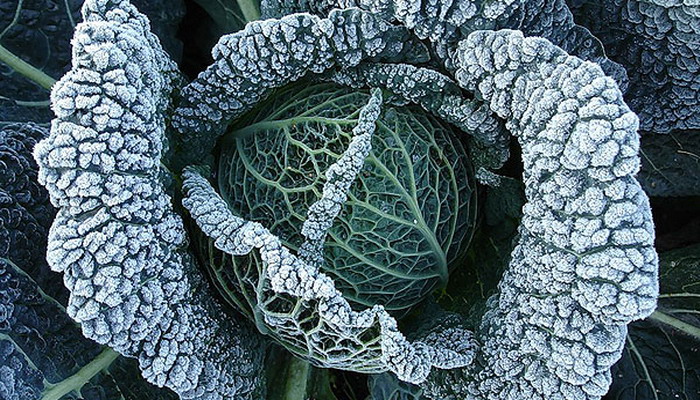
This tasty juicy vegetable is also enjoyed by many pests. To prevent the appearance of harmful insects, it is necessary to plant seedlings in open ground as early as possible. The site itself should be thoroughly processed before planting, dug deeply and disinfected. You should also remove weeds in a timely manner.
Although the Savoyard variety does not have as many varietal varieties as its white-headed cousin, there is still plenty to choose from. Among all varieties, the most popular is the Vertu Savoy cabbage. This is a very productive variety of medium late ripening. It has green leaves with a grayish tint and a light waxy bloom. Differs in very good preservation and excellent taste.
Beneficial features
Regardless of the variety, the Savoyard lace beauty is very valuable and useful. It has a rich vitamin composition, many trace elements make it an indispensable product in the kitchen of any housewife. Also, a characteristic feature of this vegetable is that, unlike other vegetables, cabbage does not lose its useful composition until the end of spring.
Growing and caring for Savoy cabbage, of course, requires certain skills and abilities, but as a result you will get a juicy, tasty and very healthy food product that will especially help you out during the spring beriberi.
Contraindications
No matter how useful the queen of the garden is, there are cases when it is not recommended to use it. You can not eat cabbage dishes with gastritis, gastric ulcer and intestinal ulcers, as well as with pancreatitis and in the postoperative periods. With caution, you need to use it for mothers who are nursing infants, up to 3 months of age.
